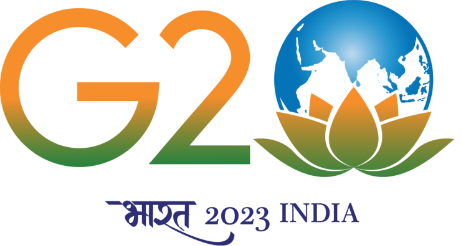The Origin and Growth of IITs in India
The network of publicly-funded technical institutes has played a significant part in helping India modernise
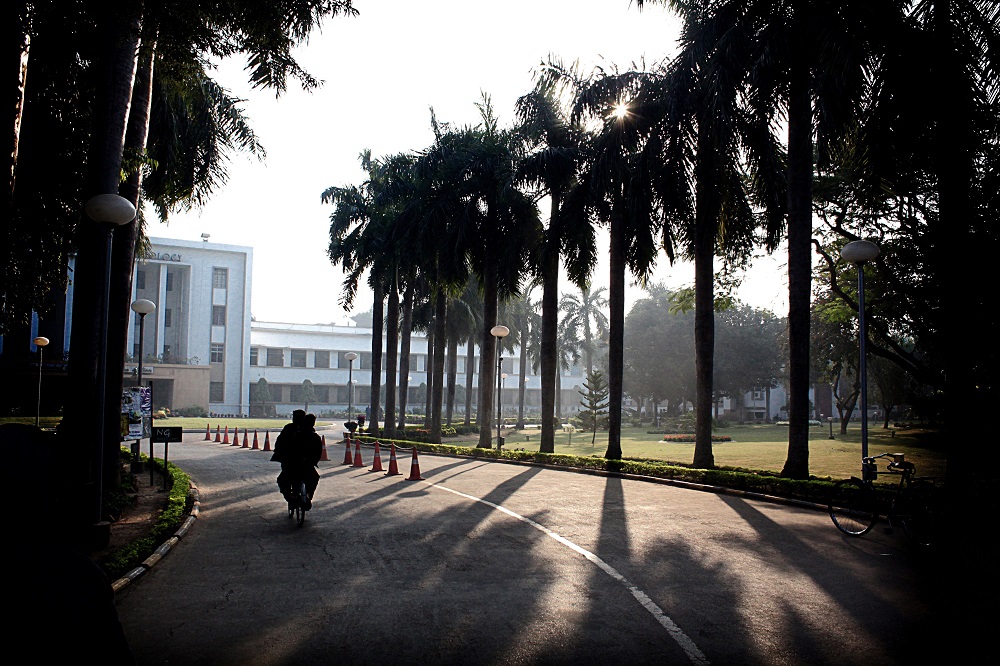
“Here in the place of that Hijli Detention Camp stands the fine monument of India, representing India’s urges, India’s future in the making. This picture seems to me symbolical of the changes that are coming to India,” said India’s first Prime Minister Pandit Jawaharlal Nehru during the first convocation of the Indian Institute of Technology Kharagpur in 1956. Founded in 1951, this was the first of 23 IITs, as they are better known as, to be established. Over the decades, these institutes have become synonymous with excellence in technical education and have played a crucial role in shaping modern India. But success has not come easy.
The idea for a technology institute in India traces back to the pre-independence era soon after the end of World War II. India’s independence seemed imminent and several of its leaders began working on a roadmap to chart the course of its development. One of them was noted civil servant Sir Ardeshir Dalal, from the Viceroy’s Executive Council, who believed that India’s prosperity in the future would depend more on technology than capital. While he initially sought the help of the US government to offer fellowships under the Technology Cooperation Mission (TCM) programme, he was quick to realise that this will not make a significant dent in India’s development goals. He, instead, foresaw an institute or a chain of institutes that would set the tech pace in motion by creating a workforce of skilled engineers.
The first IIT
Dalal’s proposal to establish a technical institute was taken to the Chief Minister of West Bengal Dr BC Roy by educationist and politician Dr Humayun Kabir (the name Indian Institute of Technology, was adopted by independence activist and senior Congress leader Maulana Abul Kalam Azad). In 1945, Kabir worked with the Viceroy’s Executive Council’s Sir Jogendra Singh to set up a committee to prepare a proposal under the purview of Nalini Ranjan Sarkar, a political leader and industrialist from Bengal. Its mandate was to make recommendations for the growth of technical institutions to fuel India’s industrial growth. The 22-member committee recommended that at least four technical institutes, modelled on the Massachusetts Institute of Technology in the United States, should be established. Each of the four geographic regions of India – Eastern, Western, Northern and Southern – should have one each, it said. The committee also argued that the first IIT should come up in the east.
With Bengal boasting of a high number of engineering industries, it became a frontrunner to be the seat of India’s first IIT in the state, and it did not take long for Roy to persuade Prime Minister Nehru to establish an IIT in Bengal.
Soon, the first IIT was established in 1950. It started functioning at 5, Esplanade East, Calcutta (as Kolkata was then called), but shifted to Hijli Detention Camp in Kharagpur in September 1950. IIT Kharagpur was formally inaugurated on 18 August 1951 and its first Director was JC Ghosh who had earlier served as the Director of the Indian Institute of Science in Bangalore. It was given legal status when the Parliament of India passed the Indian Institute of Technology (Kharagpur) Act on 15 September 1956. The Act also declared it an institute of national importance.
Today, IIT Kharagpur is home to 34 academic departments, centres and schools spread over a 2,100-acre campus. It has over 700 faculty members, about 2,200 staff members and nearly 12,000 students. Some of the recent additions to the institute include a medical technology school (School of Medical Science and Technology), a management school (Vinod Gupta School of Management) and a law school (Rajiv Gandhi School of Intellectual Property Law).
Growth
The draft report of the committee suggested that the second institute come up in the Western region with a focus on the process industries concentrated there. A third IIT was proposed for the North with the vast irrigation potential of the Gangetic basin in mind. Finally, a fourth was to come up in South India, but unlike the others, this IIT had no stated developmental focus.
With pressure building (the committee had also come in for criticism from some quarters for establishing the first IIT in West Bengal), Nehru ordered the setting up of an IIT in Bombay (now Mumbai). The 545-acre campus came up in 1958 in Powai with the help of UNESCO and the former Soviet Union. From equipment to expert services, the institute received substantial assistance from the Soviet Union, which continued until 1973. Meanwhile, UNESCO offered fellowships for students. IIT Bombay, whose first Director was Brg Sisir Kumar Bose of the Indian National Army, also soon received legal status and became an institution of national importance when the Indian Parliament passed the Institutes of Technology Act in 1961.
During this period, the Cold War between the USSR and the US was at its peak. Global geopolitics left its mark on higher education in India as well when, following the Soviet Union’s involvement in IIT Bombay, the Americans offered to help to set up an IIT in the north. This led to the establishment of IIT Kanpur in Uttar Pradesh in 1959 with Dr PK Kelkar as the first Director of the institute. Spread over 1,055 acres, it was built with the assistance of a consortium of nine US research universities as part of the Kanpur Indo-American Programme.
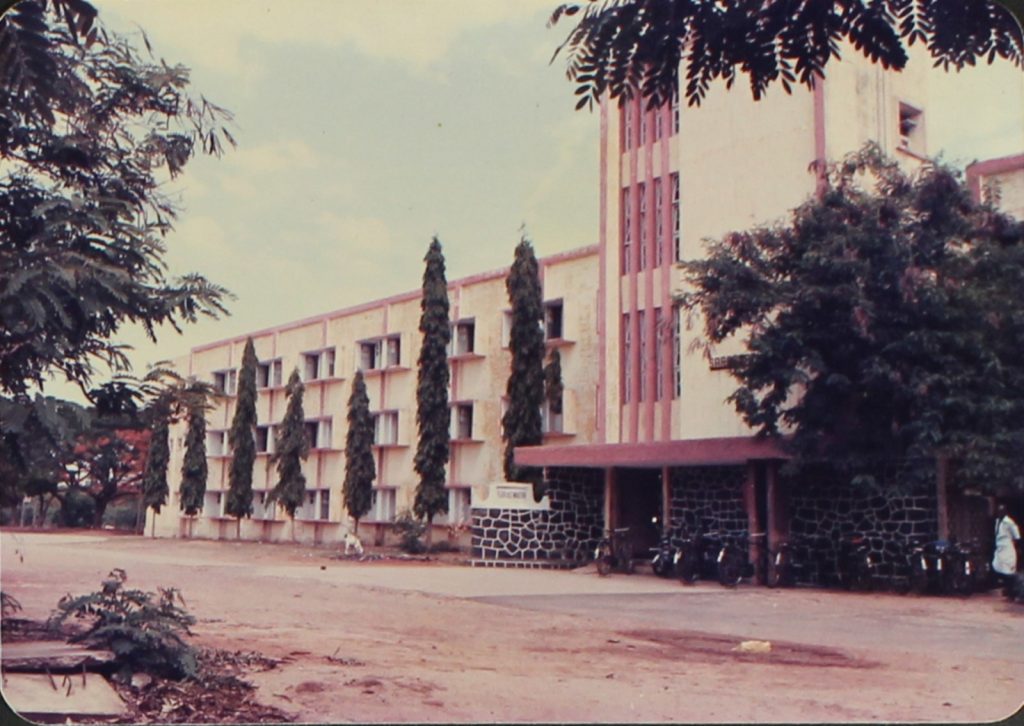
Not long after, in the same year, the Madras (now Chennai) campus was founded with help from West Germany. The first Indo-German agreement was signed in 1959 and IIT Madras turned out to be the largest educational project sponsored by the West German Government outside their country at that time. The Germans initially preferred Bangalore or a location close to Delhi, but settled on Madras, when the Union Education Minister C Subramaniam showed them the Tamil Nadu Governor’s estate with its frolicking deer and impressive banyan trees. The first Director of IIT Madras was B Sengupto, who was an educational advisor to the Indian Government.
Though IIT Kanpur was said to cater to North India, the Chief Engineer of Chandigarh, RN Dogra, argued that Uttar Pradesh was part of Central India. He persuaded the Planning Commission to set up an IIT in Delhi. As a result, IIT Delhi, with an area of 320 acres, came up in 1961 and was built with the help of the UK Government. The Indian Institutes of Technology Act was accordingly amended to include the additional IITs. Dogra himself was appointed as the first Director of IIT Delhi.
Expansion

The next IIT came up after a gap of several years in 1994 in Guwahati in Assam which witnessed student agitations in the 1980s. A new IIT was among its list of demands, a demand that Prime Minister Rajiv Gandhi acceded to, as part of the 1985 Assam Accord. On 28 March 2008, Minister of Human Resource Development, Arjun Singh announced that the Government would set up eight new IITs in the country – in Bhubaneswar, Gandhinagar, Hyderabad, Jodhpur, Patna, Ropar, Indore and Mandi. While Indore and Mandi commenced their sessions in 2009, the other new IITs became functional in 2008 itself. And in 2015 and 2016, six new IITs joined their illustrious predecessors. They were established in Palakkad, Tirupati, Bhilai, Dharwad, Jammu and Goa.
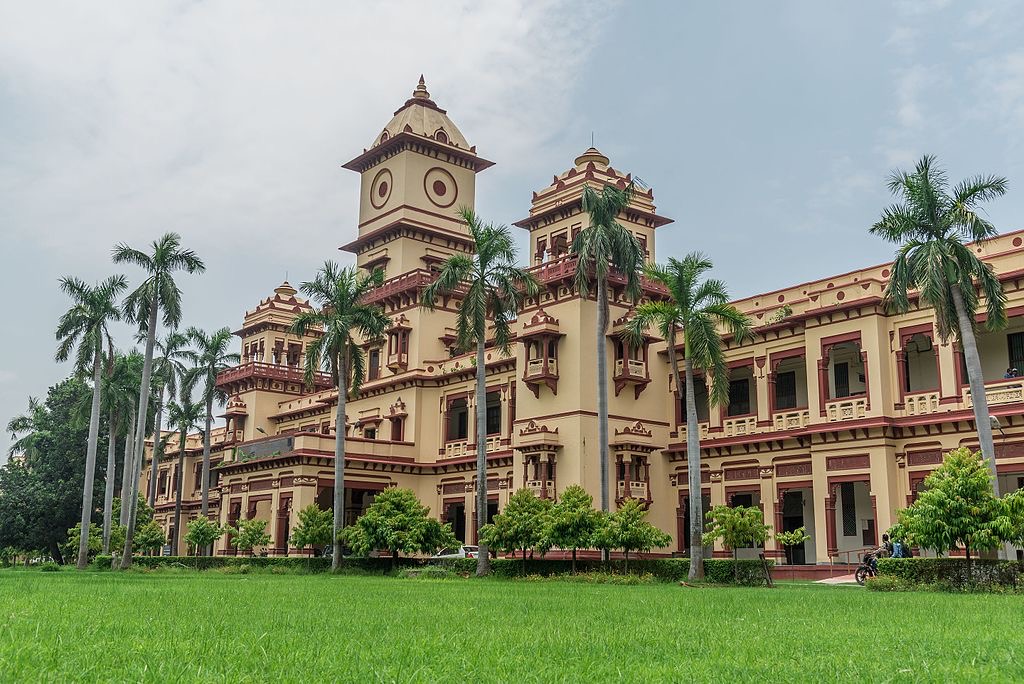
In 2001, IIT status was also given to the University of Roorkee in Uttarakhand, India’s oldest engineering college, when Dr Murli Manohar Joshi was the Union Minister of Human Resource Development. With an intent to bring more such technical institutions into the IIT fold, the Ministry of Human Resource Development (MHRD) constituted two committees – Professor SK Joshi Committee in 2003 and Anand Krishnan Committee in 2005. Interestingly, both committees recommended the Institute of Technology, Banaras Hindu University (IT-BHU) in Uttar Pradesh. Once the BHU Executive Council granted its approval to the proposal, the Parliament in 2012 passed a bill to amend the Indian Institutes of Technology Act, 1961, and declared IT-BHU as an IIT. In 2016, yet another institute, the Indian School of Mines in Dhanbad, Jharkhand, also became an IIT.
IITs now also have global ambitions. The more established institutes are planning to set up offshore campuses in countries like Tanzania, the United Arab Emirates (UAE) and Malaysia in the first phase. Egypt, Qatar, and Thailand are also believed to be under consideration.
Success story
Compared to other engineering colleges in India, IITs are home to superior infrastructure and better faculty. They routinely feature in the top 100 institutions in global academic rankings in engineering disciplines and ace the national rankings for engineering schools.
Several factors have contributed to the success of IITs over the last few decades. For one, they receive generous financial grants from the Government of India – IITs are public institutions that come under the Central Government. Some of the IITs have also been given the Institute of Eminence (IoE) tag by the Government of India. This guarantees them additional funding of Rs 1000 crore for cutting-edge projects. In recent years, they have also tapped into funding from industry and their elaborate network of illustrious alumni. A portion of their finances also comes from the heavily subsidised undergraduate student fees (all Master’s students and research scholars receive scholarships).

The quality of IITs is in large part due to the quality of students who get in based on their performance in the hugely competitive entrance examinations.
Moreover, IITs have a high degree of freedom in decision making. Even though they come under the Central Government, IITs are autonomous institutions governed by a common IIT Council. This gives them the liberty to frame their own curriculum, decide their research agenda and grant their own degrees. IITs, therefore, have been able to adapt better to a changing world and attract top talent.
On-campus residential facilities are offered to the students, research scholars and faculty members. Keeping in mind the high-pressure environment on their campuses, IITs have also attempted to provide their students and researchers with opportunities to pursue non-academic activities to maintain a healthy work-life balance. Students get to decide whether to join either the National Cadet Corps (NCC), National Service Scheme (NSS) or National Sports Organisation (NSO) in their first year. All the IITs have sporting facilities as well as swimming pools. An important aspect of student life at IITs is their popular annual tech and cultural festivals.
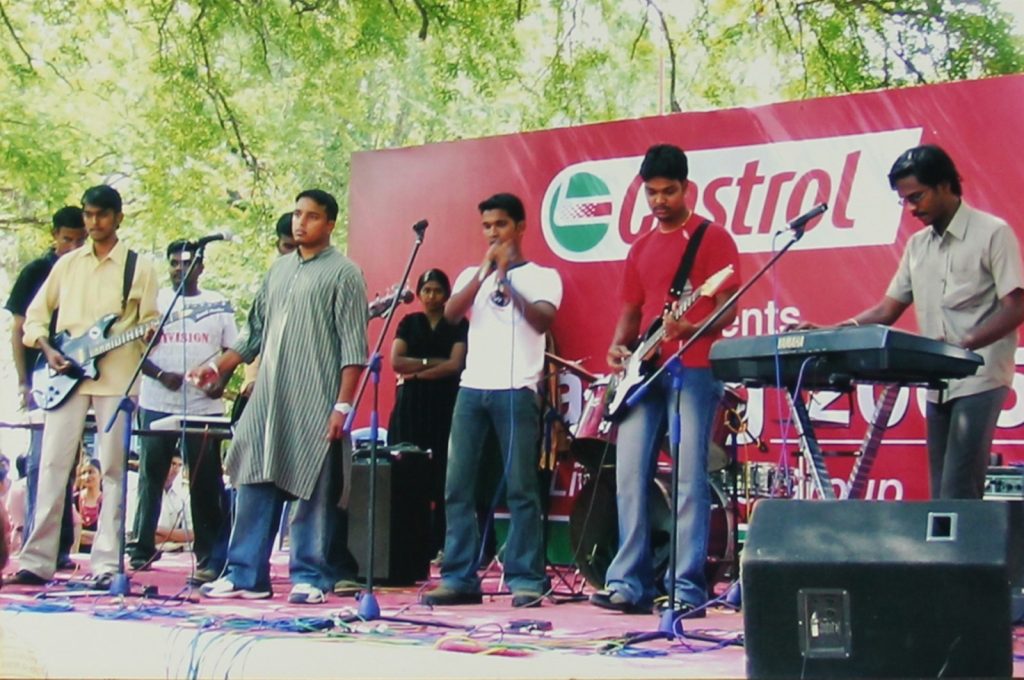
The road to success for the IIT system has been far from smooth. Besides traditional challenges like stemming brain drain, it faces new ones. For instance, the newer IITs are struggling to achieve the standards set by their older counterparts. But despite teething troubles and other hurdles that have come their way, IITs have clearly been a success story by most metrics. They have not just symbolised the change that Nehru dreamt of, they have also contributed substantially to the project of modernising India
– Pratiba Raman
